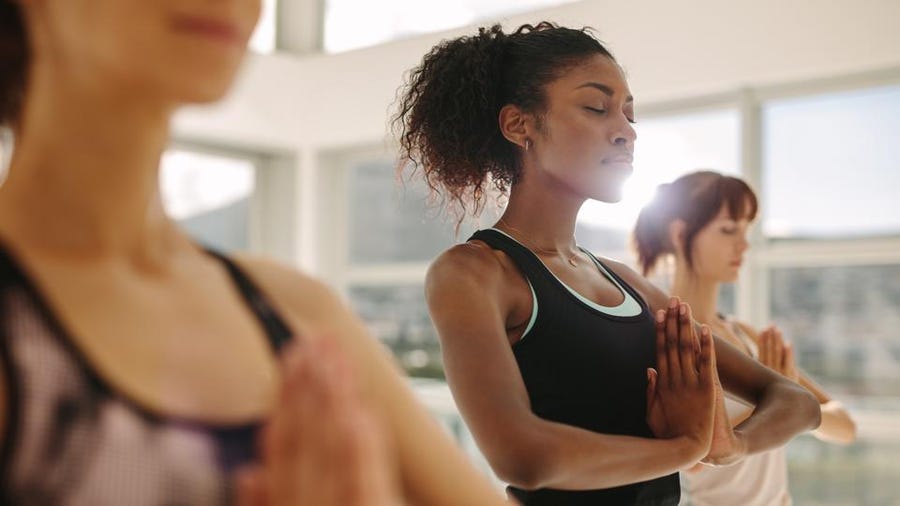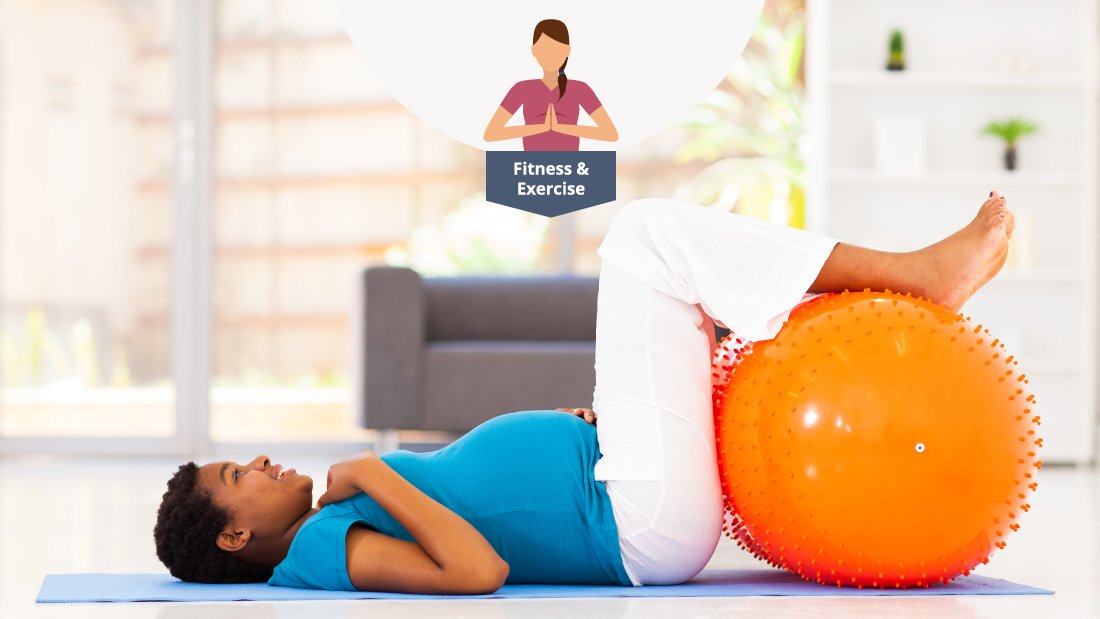
The Seven Chakras can be a key part of your spirituality or well-being. It is important to understand how the Seven Chakras work to be able to balance them. Sahasrara, the first chakra, is pure consciousness. The next is Ajna, which represents intelligence. The Root chakra is the last, and it represents your physical health. Mindvalley is offering a free masterclass to help you learn more about the chakras.
Sahasrara refers to pure consciousness
The Sahasrara, the seat of pure consciousness is knowledge. This chakra connects the physical and spiritual worlds. It is located at top of the head. It symbolizes the union of our individual spirit with the supreme awareness of the universe. In the Hindu tradition, this chakra is connected to Shiva, who is said to be the embodiment of stillness and ultimate consciousness. He is also the god of yoga and meditation, which teach us about our interconnectedness.

Vishuddhi refers to personality
The Vishuddhi chakra is the center of your personality. It is the source of your ability to communicate with others and to unite with the universe. This chakra is related to creativity, the arts, learning, and a deep passion to learn.
Root chakra is essential for your physical health
One of the best ways to keep your health and well-being is by having a balanced Root Chakra. This chakra is influenced in a number ways, including self confidence and self-reliance. Make time for reading, writing, singing, and exercising. Meditation is another way to get in touch with your inner selves.
Intuition is in the third eye
The Third Eye is one of the seven chakras, and it represents our intuition. This energy center is unique and combines facts, fears, and memories to decipher what we perceive to be true. We are able to sense when something is true or not true and we can act on these feelings. However, we have to make sure that our intuition does not conflict with our other chakras.
Verbal communication involves the connection of third eye to verbal communication
The third-eye is connected to psychic ability and, when balanced, it gives strong intuition and sixth sense. These psychic abilities can be used to communicate with others and support your real-life experiences. These abilities are useful for developing inner guidance to help you interact with the physical world using inner wisdom. Your lifeforce energy is also accessible through a balanced third-eye chakra. It lies at the base and can be tapped into. Through meditation, asana, and prayer, this energy can be activated and used to help you reach enlightenment.

Muladhara is pure consciousness
The Muladhara is a pure, consciousness energy center located in chakra seven. It is the source of your awareness and your connection to the world. This energy center is your freedom. Depending on your perspective freedom could also mean the destruction of things that are not serving you. This energy center is represented by the Third Eye, which is located on your forehead. Because of his ability to burn everything to ashes with one glance, Lord Shiva has been called the Third-EyedOne.
FAQ
Is yoga safe?
Yes! Yoga is generally considered safe and low-risk. You should consult your doctor before you begin a routine of yoga if you have any health conditions or injuries.
What research shows about yoga as a way to improve your health?
Yoga has been proven effective at improving mental health, reducing stress, and promoting overall well-being. It can help you lose weight, improve your body mass index (BMI), and keep you healthy.
Yoga can help lower blood pressure, improve cardiovascular function and boost immunity.
These are just a handful of benefits to yoga.
The list can go on!
What type of yoga is best for beginners?
Yoga is great for all ages and fitness levels. It's a great way for people to stay healthy and fit. People who have tried Yoga say that they feel more positive both mentally and physically. They also report feeling calmer and happier after practicing yoga.
Yoga isn't just a form of exercise. It's also a lifestyle that includes stretching and breathing, as well as meditation.
There are many kinds of yoga. There are many types of yoga. Some focus on strength training while others emphasize relaxation.
What you desire from yoga will determine which type you choose. Iyengar yoga can help you increase your flexibility. Or if you want to tone your muscles, go for Ashtanga yoga.
How does yoga work?
Yoga is all about alignment, breathing control, meditation, stillness, and stillness. If done properly, yoga can bring peace and calm to the practitioner.
Your body should be warmed up before you begin any yoga class. Start with simple stretches such forwarding bends or bending forward, backward bends or bending backward, twists, side bends, and other basic poses. These moves will loosen your muscles and prepare for deeper poses.
Next, we will do the balancing pose "standing". You will be standing with your feet together, your arms at your sides, and your eyes down towards the floor. Your body should feel rooted, centered, and balanced.
The most important part is the next: deep stretching poses. In these poses, you lie face up on the ground, bend your knees, lift one leg, then the other, and stretch your spine in every direction possible. You can keep your balance by holding onto something sturdy to stop you falling. You can rest your hands on the ground if you don't have something to hold onto.
After you have completed all the poses, you will be able to move into a series if standing poses. These include the mountain pose, warrior pose, downward facing dog, upward facing dog, plank pose, and final pose.
It is important to slow down and breathe deeply when you do yoga. Deep breathing is good for your lungs and calms the mind. You can do this by focusing on your inhales and exhales. Make sure to count every time you take another breath.
You can do yoga wherever you are, even while cooking. You can follow the same steps as above but instead of lying flat on the floor, sit upright.
You can start with only 10 minutes per day if yoga is new to you. Remember that yoga is for everyone, no matter your age.
How does yoga affect mental health?
Yoga is an ancient practice that originated in India. It was originally used to help people relax and relieve stress. Today, many people use yoga to help them cope with depression, anxiety, panic attacks, insomnia, chronic pain, and other conditions.
Yoga may help relieve symptoms such as arthritis, backaches, headaches, high bloodpressure, and arthritis. Yoga has been reported to make people happier and more calm.
Is yoga safe enough for everyone?
Yoga is safe for all ages, genders, ethnicities, and abilities. Yoga has been practiced for thousands of years without any side effects.
Please consult your doctor if any of these conditions are present before you begin a new exercise regimen.
Statistics
- According to the Agency for Healthcare Research and Quality, falls are incredibly common among older adults in nursing facilities. Even the simplest ones can increase the risk of death (24). (healthline.com)
- Gentle yoga has been shown to ease some of the discomforts of tender, swollen joints for people with arthritis, according to a Johns Hopkins review of 11 recent studies. (hopkinsmedicine.org)
- According to calorie estimates calculated at Harvard Medical School, the average 125-pound person burns about 120 calories in a half hour of hatha yoga, and a 185-pound person burns about 178 calories in that half hour. (everydayhealth.com)
- About one in seven U.S. adults practiced yoga in the past 12 months, according to a 2017 national survey. (nccih.nih.gov)
- The people in the yoga group were 37 percent more likely to have quit smoking by the end of the 8-week program. (nccih.nih.gov)
External Links
How To
Yoga can help menopause symptoms
Yoga is an ancient practice that originated in India and focuses on stretching, breathing, and meditation. It has been used to stay fit for thousands upon thousands of years. Recently, it has become increasingly popular as people seek alternative ways to keep healthy and active during periods of stress and illness.
Yoga is about using postures (asanas), in order to stretch muscles and improve flexibility. This helps relieve tension and increase strength and stamina.
There are several types of yoga. Each type is focused on different aspects of the human body, such relaxation, breath, stretching, or breathing.
All forms and types of yoga seek to attain balance within the body, mind and spirit. The benefits of yoga include improved fitness, better sleep quality, weight loss, increased energy levels, and reduced stress levels.
Numerous studies have shown that yoga is beneficial for conditions like anxiety, depression, or insomnia. There is not much evidence to support its effectiveness in treating other health conditions, such as those related to menopause.
Yoga helps you feel happier, healthier, and more fulfilled. It also teaches you how relax and manage stress situations. These skills could prove useful when you are going through menopause.
Yoga can cause muscle soreness, so it is important to start at a low intensity level. Before you start yoga, talk to your doctor about any concerns you may have.